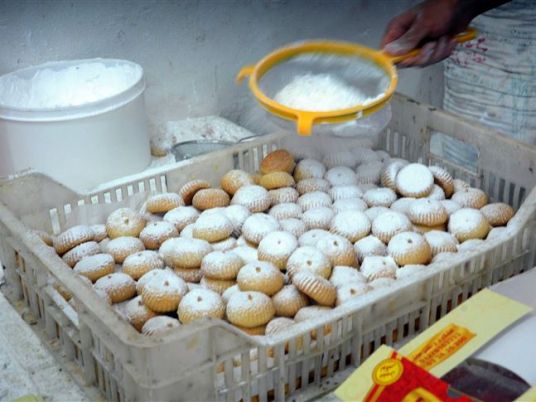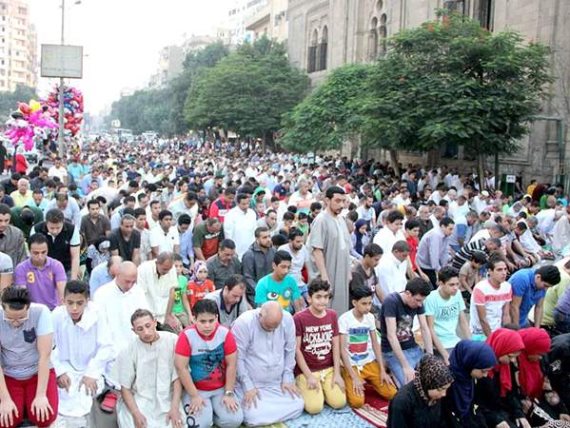Perfectly round, perfectly scrumptious, kahk–traditional Egyptian cookies–are the perfect ending to the holy month of Ramadan, and the perfect start for Eid festivities.
Bombarded with silky powdered sugar, kahk has a melt-in-your-mouth texture, rendering them almost addictive. The thick, circular pastries embody a tradition that dates back to the pharaohs, but tasty enough to survive into the 21st century.
For Egyptian families, Eid al-Fitr is never complete without the consumption of a batch or two of delicious kahk. A recognized Ramadan staple, kahk is cherished and celebrated in all Arab Muslim households. If Ramadan is the month of fasting, then the Eid al-Fitr is the “Eid al-Kahk," and it is referred to as such by many Muslims.
Other baked pastries are also devoured by Muslims during the Eid, such as patterned biscuits, the smooth ghorayiba and jam-glazed petit fours. In an attempt to attract chocolate-lovers, confectionaries also dress up pastries with white and milk chocolate. Loaded with calories, kahk and its friends are hardly diet food. Yet munching on them gives a unique taste to the Eid.
Intensely sweet, kahk appears in plain disc-shaped puffs showered with bright white powdered sugar, and occasionally stuffed with a variety of fillings. Nuts work their way into this quintessence of Eid, when pistachios, almonds or walnuts are assembled within the tiny tartlets. Softer fillings include dates (agwa) or malban.
To visit parents and relatives bearing kahk is a tradition for every Egyptian family. Today, a vast number of bakery shops is available, boasting a variety of oriental pastries for you to pick and choose from. Past generations, however, took matters into their own hands.
Among tales of the "good old days" is that of the tradition of baking kahk at home. With considerable excitement, people would set out to purchase the overwhelmingly fattening ingredients of kahk. Flour, dairy/vegetable ghee or butter, eggs and milk–along with enough sugar to make your sweet tooth complain–are laid out on the kitchen counter, shyly waiting for the baking to commence.
A large number of women gather round to mix and batter, making the dough and decorating it with a specialized metal instrument called a moun’ash. After the dough is left to rise for almost 24 hours, round extractions are neatly assembled on baking sheets.
It was the job of the strong young men of the family to carry the large baking pans to the nearby baker, where the kahk would be baked. This seldom happens today, however, as families decide to bake kahk in their own ovens, if at all.
Ancient Egyptians, too, had quite an appetite for the oriental pastry. Infusing honey with flour, molding the dough into disc-shaped chunks yielded a kind of proto-kahk back in 18th Dynasty (1540 BC – 1307 BC). Baking kahk into various geometrical shapes or into animal or flower figures was also common, as attested to by engravings on ancient tomb walls.
Kahk reappears in the ninth-century Toulunid era, with the association between the pastry and Eid al-Fitr being initiated by Fatimid Caliph Al-Muezz li-Dein Illah, who distributed kahk in Cairo in celebration of the Muslim feast.
You can still celebrate Eid al-Fitr, even if you don't have the time, patience or manpower required to bake your kahk at home. Among the many bakery shops in Cairo offering oriental pastries are La Poire, Le Carnival, Alain Le Notre, Sedra, El Abd and Soufflé.




